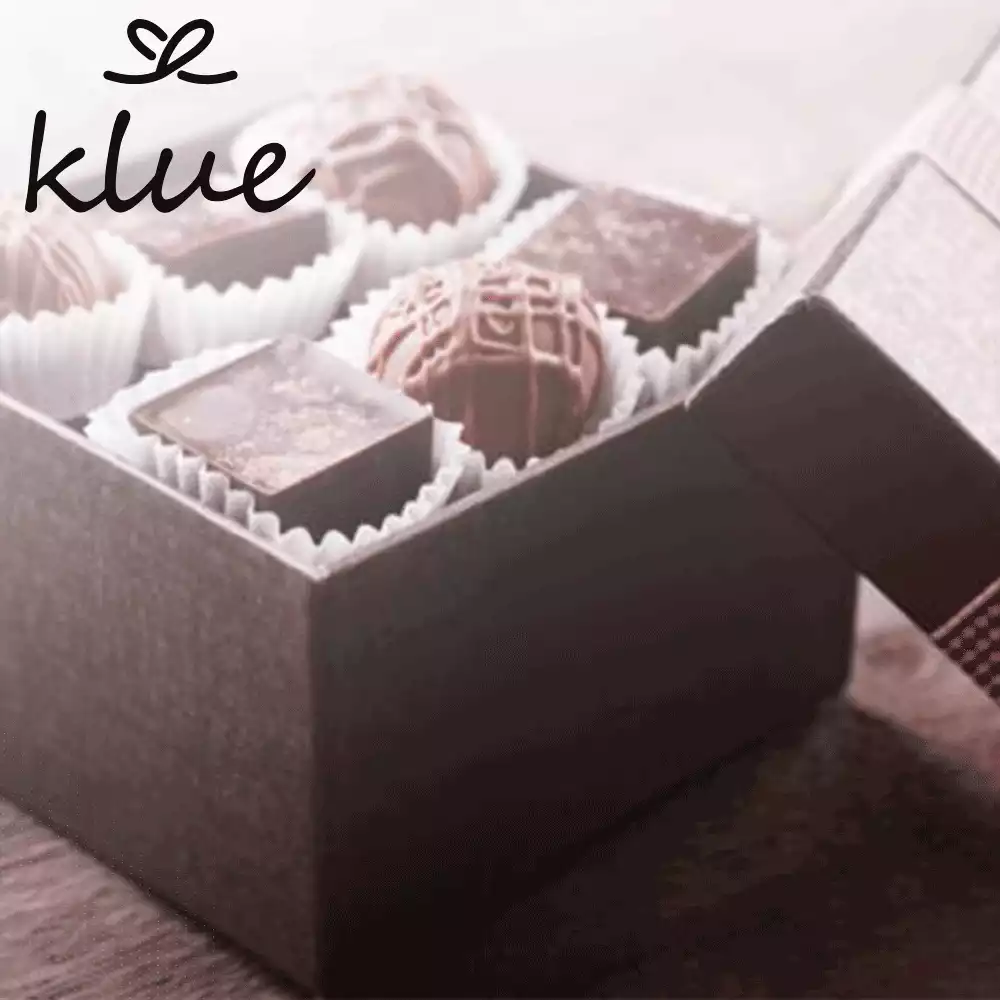How to Store Chocolate Top 5 Tips to Keep in Mind

Chocolate is one of the most beloved sweets around the world, but to maintain its freshness and flavor, it’s essential to know how to store chocolate correctly. Improper storage can lead to the loss of flavor and quality. In this article, we will discuss the top 5 tips you need to follow to keep your chocolate tasting fresh for as long as possible.
Top 5 Tips for Storing Chocolate
When it comes to how to store chocolate, there are five key tips to keep in mind:
- Optimal Temperature:
Always store chocolate in a cool, dry place, as high temperatures can significantly affect its quality. The ideal temperature for storing chocolate is between 15-18°C (59-64°F). Freezing chocolate is not recommended, as it can lead to changes in flavor and texture. - Humidity Control:
Humidity plays a significant role in how to store chocolate properly. Excess moisture can cause a white film known as “bloom” to form on the surface, which occurs due to sugar or fat crystallization. To control humidity, store chocolate in a dry place, such as a kitchen cabinet or an airtight container to prevent exposure to moisture. - Protection from Light:
Direct exposure to light can spoil the taste of chocolate. It’s best to store chocolate in a dark place away from light. Wrapping it in foil or storing it in opaque containers can help shield it from light, much like the packaging in luxury chocolate collections. - Good Ventilation:
Proper ventilation is essential for preserving the flavor of chocolate and preventing it from absorbing surrounding odors. Avoid storing chocolate near foods with strong smells, such as spices or onions, as chocolate can easily absorb these aromas. Using airtight plastic containers can also help prevent odor absorption. - Proper Wrapping:
Good packaging is crucial for keeping chocolate fresh for an extended period. Use wax paper or plastic wrap to cover individual pieces of chocolate before placing them in larger containers. If the chocolate is already well-wrapped in its original packaging, it’s best to leave it in that packaging, similar to chocolates in premium collections.
How to Handle Chocolate Properly
Besides knowing how to store chocolate, it’s important to handle it carefully, as chocolate is sensitive to melting and breaking. Whether for personal use, gifting, or serving guests, handling it properly is key to preserving its quality. Here are a few tips:
- Avoid touching chocolate with warm hands, as the heat can cause it to melt. It’s best to use a spoon or clean gloves.
- Use clean, dry tools such as a knife when cutting chocolate to avoid introducing moisture.
- When storing different types of chocolate, separate them to prevent flavor transfer.
- While it’s not recommended to refrigerate chocolate, if necessary, place it in an airtight container and allow it to return to room temperature before consuming to avoid condensation.

What Is the Shelf Life of Chocolate?
The shelf life of chocolate depends on several factors, including the type of chocolate and how it’s stored. Below are the general shelf lives of different types of chocolate:
- Dark Chocolate:
Dark chocolate typically has a shelf life of two to three years when stored properly, thanks to its high cocoa content and low sugar and milk content. - Milk Chocolate:
Milk chocolate lasts between six months and one year. The presence of milk and sugar shortens its shelf life compared to dark chocolate. - White Chocolate:
White chocolate has a shelf life of about six months to one year. It contains cocoa butter, sugar, and milk but lacks the cocoa solids found in other chocolates. - Filled or Flavored Chocolate:
Filled chocolates can last between six months and one year, depending on the filling. Chocolates with fillings such as nuts, dried fruit, or caramel may have a shorter shelf life.
How to Choose High-Quality Chocolate
Choosing the best quality chocolate involves several factors, alongside proper storage. Here are some tips to help you choose:
- Look for chocolate with simple, natural ingredients. Good quality chocolate typically contains cocoa, cocoa butter, sugar, and vanilla. Avoid chocolates with hydrogenated oils or artificial preservatives.
- Taste the chocolate if possible. High-quality chocolate should be smooth and well-balanced in flavor. Avoid chocolate with a greasy aftertaste or an odd texture.
- The chocolate should have a shiny and smooth surface without cracks or white spots (bloom), indicating it was melted and cooled properly.
- Opt for reputable, well-known brands. Some companies ensure the use of the finest ingredients and precise manufacturing processes to guarantee quality.
- Pay attention to packaging, as good packaging protects chocolate from moisture and unwanted odors.
- While high-quality chocolate can be more expensive, the price often reflects the quality of ingredients and craftsmanship.
What Are the Signs of Spoiled Chocolate?
When discussing how to store chocolate, it’s important to recognize signs of spoilage, especially if it’s been improperly stored. Look out for these indicators:
- Color Changes: If the chocolate has noticeably changed color or developed white spots, it may have lost some of its quality.
- Strange Odor: If the chocolate emits an unusual or unpleasant smell, it’s best to discard it.
- Off Taste: If the chocolate tastes unusual or unusually bitter, it’s likely spoiled.
Conclusion
Proper storage can significantly extend the shelf life of chocolate and preserve its distinctive flavor. Paying attention to temperature, humidity, light, and ventilation will help ensure that your chocolate stays fresh for as long as possible. Chocolate is not just a sweet treat but a complete sensory experience, and maintaining its quality will allow you to enjoy the best it has to offer.






 Winter Collection
Winter Collection Graduation gifts
Graduation gifts Birthday
Birthday Get well soon
Get well soon New born
New born New home
New home wedding gifts
wedding gifts congratulation gifts
congratulation gifts Love gifts
Love gifts
 Flowers and gifts
Flowers and gifts Chocoflower
Chocoflower Gift boxes
Gift boxes Trays gift
Trays gift SPA gifts
SPA gifts Eastern gifts
Eastern gifts luxury gifts
luxury gifts Home hospitality gifts
Home hospitality gifts Other gifts
Other gifts Perfumes, candles and antiques
Perfumes, candles and antiques Men's accessories
Men's accessories Children’s jewelry
Children’s jewelry
 Flower box
Flower box Flower Vases
Flower Vases Artificial flowers
Artificial flowers
 Chocolate
Chocolate Cake
Cake Other collections
Other collections

